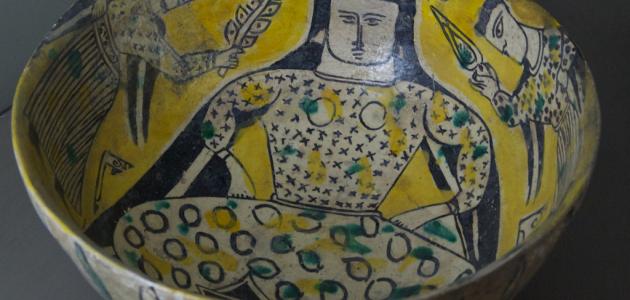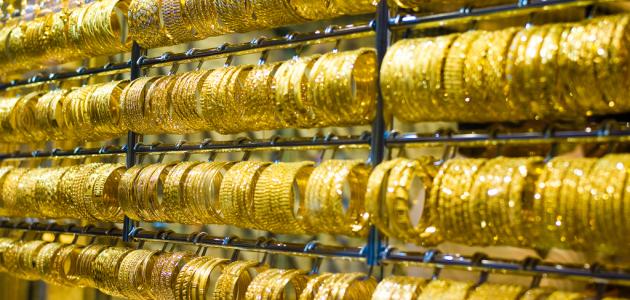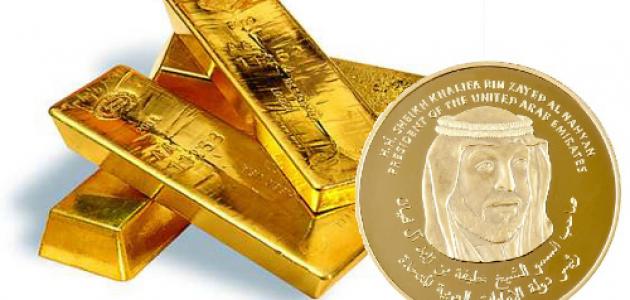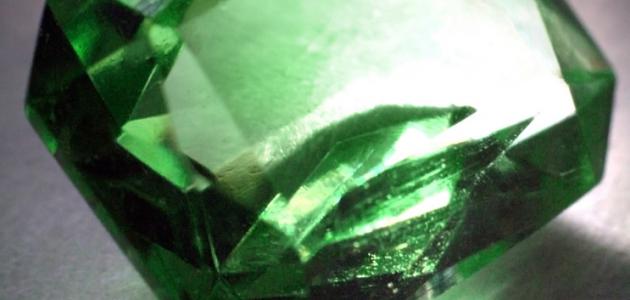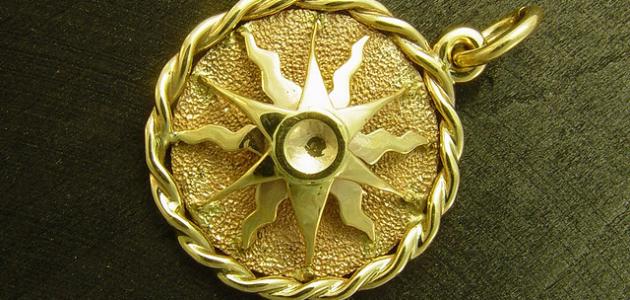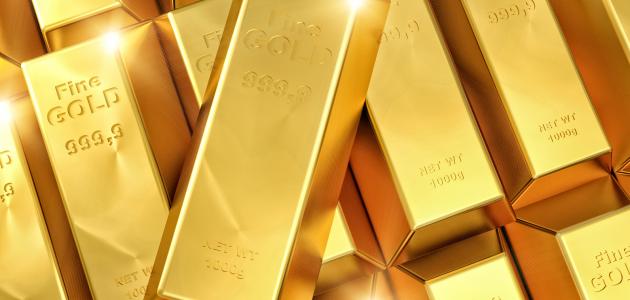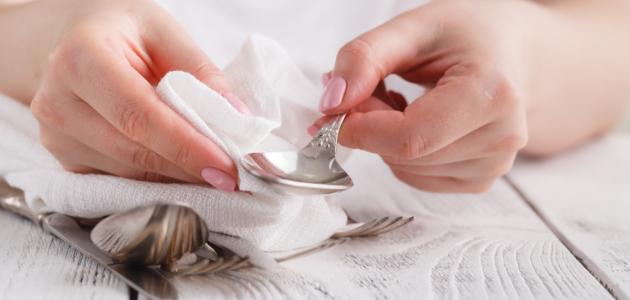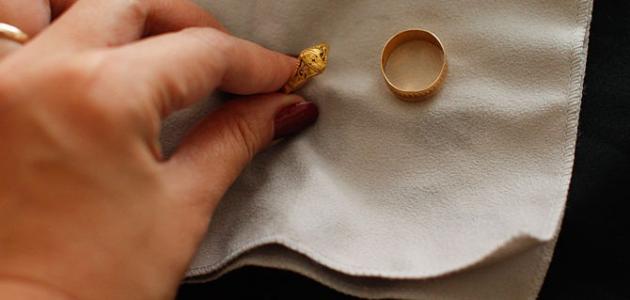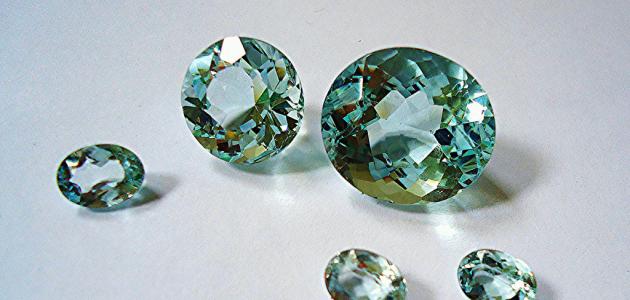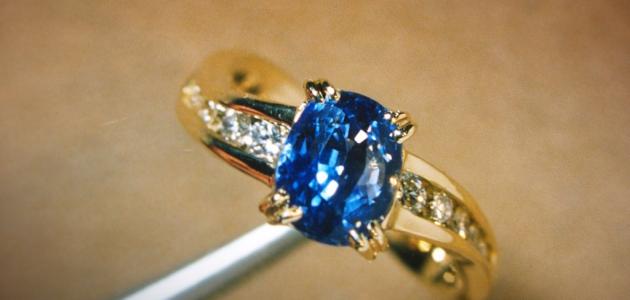Porcelain
Porcelain is one of the oldest things known to man. Pottery, ceramics, ceramics and porcelain are similar tools, but the method of their manufacture, the materials used, the specifications and the temperature used differ among themselves, as the ceramic or pottery vessels that the ancient man left behind were found evidence of He used to manufacture and use pottery, whether as utensils for eating or utensils for preserving food. Ceramics is a word that means clay that has been burned in fire.
Ceramics
Porcelain industry is one of the industries that have developed a lot and differed and distinguished by some peoples. Perhaps the most famous type of ceramics is Chinese ceramics, where the Chinese ceramics industry arose during the Tang Dynasty that ruled China from the year 618 to the year 907, where Chinese ceramics consist of kaolin and pegmatite. Coarse granite, Europeans tried to imitate Chinese ceramics, but they failed because they were unable to analyze its chemical composition. Then, in the eighteenth century, the Chinese added bone ash to clay or clay to form a type of bone porcelain that is much stronger than ordinary Chinese porcelain.
Porcelain components
The main components that go into making ceramics, as materials such as clay and feldspar enter into ceramics, which is a mineral composed mostly of aluminum silicate, flint, which is a type of solid quartz, and silica is a compound of oxygen and silicon, which is one of the most abundant elements in the earth's crust. The stage of making ceramics begins with grinding these materials, crushing them, purifying them from impurities, and then mixing them with water, and magnetic filtration is used to remove the iron from the paste, after that the potters or craftsmen form the porcelain from pots, antiques, etc., after that it is exposed to a temperature Gradually low to evaporate volatile pollutants and reduce shrinkage during firing. At this stage, the temperature is raised until it reaches 1200 degrees Celsius, where there are special and upgraded furnaces for the ceramics industry, after which it is cooled until we allow the liquid glass to solidify and cool, thus forming a strong bond between the grains. Crystalline after cooling and thus very hard, strong ceramics are formed.
Porcelain quality
The quality of the ceramics is controlled by the nature of the raw materials added during the manufacturing process, the chemical composition is monitored, the particle size distribution, the properties of viscosity, plasticity, shrinkage, strength, porosity, color, and thermal expansion are all measured, and many of these characteristics are monitored and can be controlled. During manufacturing using statistical methods. Each of the aforementioned raw materials can be modified to achieve the desired quality.
Uses of porcelain
The uses of porcelain or the field of using porcelain are many, as the porcelain industry is involved in the manufacture of beautiful vases, food dishes, statues, and other decorative elements and one of the most famous uses of porcelain at the present time is the manufacture of dental bridges and veneers and it is called porcelain, where this material is better stain-resistant. From other materials, porcelain gives a look that resembles real teeth. In the architectural field, ceramics are used in all types of buildings, in floors and walls, inside and outside. Porcelain is excellent in bathrooms and kitchens because it is resistant to moisture and water, and porcelain makes floors very durable as can be attested to by ancient mosaic floors that still look beautiful centuries after they were installed on floors and walls.
